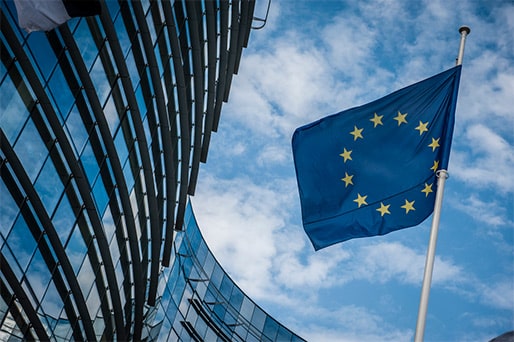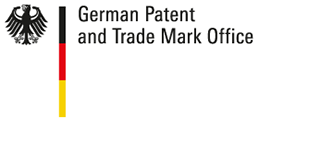Differences between utility model and regular patents
Utility models are unexamined IP rights. During the registration procedure, there is no examination as to novelty, inventive step und industrial application. For this reason, utility model protection can be obtained more easily, faster and at lower cost than regular patent protection.
Another important difference between the two IP rights is the term of protection. A patent can be kept in force for up to 20 years, whereas a utility model protection can last for up to ten years.
Utility models are extremely attractive for novel consumer products that require protection in Europe, but which, because of product lifecycle and other factors, do not justify the slower and more expensive route to protection available for regular patents. A utility model can be drafted, filed and registers within a few months and can be far lower cost than regular patents.
Utility models can be directed to protect the function or workings of a product and thus can offer greater protection than a corresponding design patent for the product. Of course, a combined approach may be optimal in which design and utility model protection is sought.
Application procedure
You will receive an acknowledgement containing the date of filing as well as the file number. After the application fee has been received, the Utility Model Unit of the German patent office (DPMA) examines whether the application documents comply with the Utility Model Ordinance (Gebrauchsmusterverordnung). Formal examination includes completeness of the application and compliance with the formal requirements. Substantive examination is carried out as to whether the invention can be protected by a utility model in principle.
If deficiencies are found, this may lead to different legal consequences as outlined below. However, you can be sure that a utility model drafted and filed by Valet Patent Services would meet all stipulated requirements and we would expect registration without intermediate notices of deficiency.
For example, the invention must be already disclosed in the documents submitted at the filing date in a comprehensive manner. It is not possible to add additional features in the further procedure. If the application is not withdrawn following a corresponding deficiency letter, the application will be refused by decision. A new application might then be an option.
If there are no deficiencies or if they have been remedied, the utility model will be entered into the official Register (DPMAregister). The IP right becomes effective upon registration of the utility model allowing you to exploit your rights.
The utility model specification will be published approximately four weeks after registration and can then be searched in the DPMA databases.
Costs and timelines
An application fee of 40 euros for a utility model application must be paid to the German patent office within three months from filing the application. Valet Patent Services offers a low fixed fee for filing German utility model applications. The application fee is as low as 30 euros for e-filing. Maintenance fees are due after three, six and eight years. If the respective maintenance fee is not paid at all, not paid in due time or not paid in full, the utility model will lapse. Information about fees and fee payment are available here.
The registration procedure is completed, on average, within three to four months.
Applying for a utility model in Germany
Valet Patent Services offers a low cost, fixed fee arrangement for drafting your utility model patent application. We would expect the draft and subsequent drafting of your utility model application to take less than two weeks and for the filing and registration of your utility model to be achieved within a few months.
As with a regular patent application, a German utility model application must include a description of the invention and claims setting out the desired scope of protection. Drawings are required if the claims or the description refer to the drawings.
Utility Model Protection Outside Germany
In contrast to the regular patent system, there is no European filing route. Neither do all countries offer utility model protection. For example, there is no utility model in Switzerland and the United Kingdom. Austria, Denmark, Finland, France, Ireland, Italy, Netherlands, Poland, Portugal, and Spain offer short term patents or utility models having lower costs and easier examination requirements.


